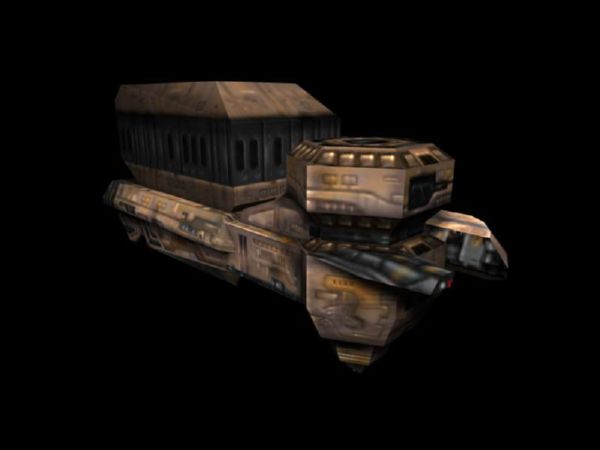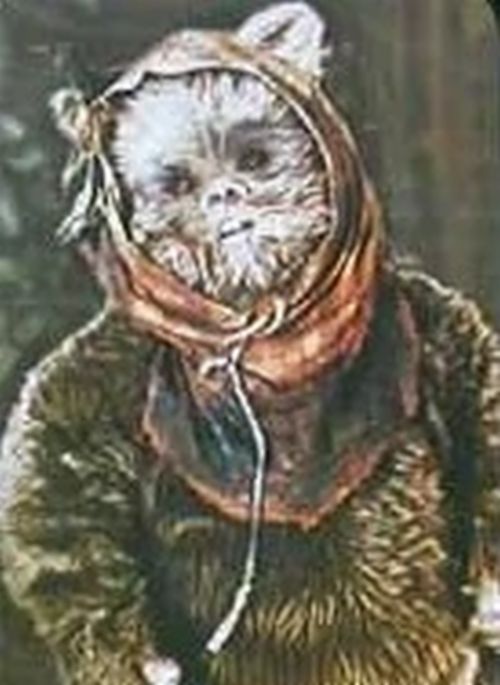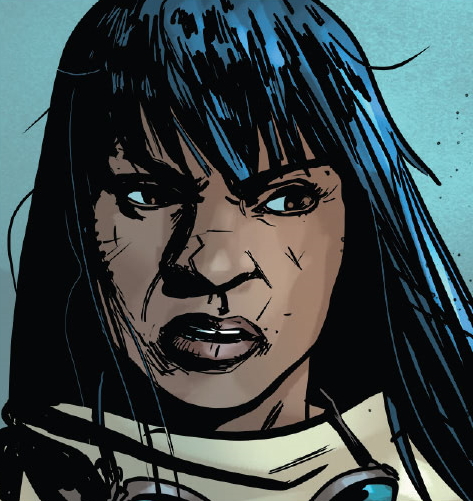Veursa System
System Datafile:
System: Veursa
Star: Ves (yellow)
Orbital Bodies:
Name Type Moons
Veursa I Temperate terrestrial 0
Veursa II Hostile terrestrial 1
Veursa III Gas giant 12
Veursa IV Ice ball 0
Capsule: There isn't very much to distinguish the Veursa system from countless systems across the galaxy. The 4th planet in the system is no more than a large comet that has been trapped into a planetary orbit, and is commercially useless. The 3rd planet is a medium-sized gas giant with limited resources, and no noteworthy moons. The 2nd planet is somewhat interesting to xenobiologists due to the wide variety of life that can be found there, but the hostile atmosphere is poisonous to most sentient lifeforms in the galaxy, and so Veursa II is largely ignored. Veursa I is the only moderately important planet in the system, due to the fact that it is highly suitable for human inhabitation.
Veursa I
Type: agricultural plains
Temperature: Temperate
Atmosphere: Type I
Hydrosphere: Moderate
Gravity: Light
Terrain: Plains
Length of day: 19 standard hours
Length of year: 292 local days
Sapient species: Humans, ZeHethbra
Starport: Standard class
Population: 18 million (Human), 7 million (ZeHethbra)
Planet Function: agriculture
Government: cooperative (with Imperial advisors)
Tech Level: space
Major exports: grain, meats, hyperbarides
Major imports: High tech
Capsule: Veursa I was first settled in the days of the Old Republic by a group of ZeHethbra (see the Last Command Sourcebook, or the Thrawn Trilogy sourcebook for more info on the ZeHethbra) who slowly built the planet into a prime supplyer of foodstuffs for the surrounding planets. Before long Human colonists, disillusioned with the urbanized planets of the core worlds, began settling on the planet. Within a few centuries they outnumbered the ZeHethbra. At first there was a great deal of hostility between the two groups, the ZeHethbra felt that the Humans were trying to take over the planet that they had colonized, while the Humans felt that the ZeHethbra were greedily trying to hold onto more than they could possibly use. Over time, as the flow of Human colonists to the planet declined to an extremely slow trickle, the two races realized that there was plenty of space on Veursa I for all of them, and began to cooperate on a limited scale. Eventually, for the purposes of maximizing crop yields and profitability, a cooperative government was formed that formalized the mutual support between the two species, and controlled many aspects of the agricultural economy for the greater good of the farmers. Today the only vestige of the hostility of yesteryears can be found in a friendly rivalry between Humans and ZeHethbra. This takes the form of mild jokes at the expense of the other species, and is taken with good humour. It is very rare on Veursa I that anyone will take this rivalry any further.
With the rise of the Empire, Imperial advisors were put into place on the planet to ensure that the local government complyed with the wishes of the Empire as a whole. There were initially a few protests aginst the Empire, but these were peaceful, and due to the relaxed manner of the then Moff of the sector, Moff Ferwa, were ignored. As life under the Empire proved to be little different from life under the Old Republic, save for some additional tariffs on exports (these tariffs take the form of foodstuffs for the use of the military), tariffs which were surprisingly bearable. When Moff Ferwa was replaced by Moff Lesbeat, Lesbeat chose Veursa I as the site for a secret Hyperbaride synthesis plant. Hyperbarides are ultra-dense materials which are vital to advanced turbolaser technologies (for more info see Goroth: Slave of the Empire). Publically this plant, which is owned and operated by Imperial-friendly Vaufthau Processing Industries (Lesbeat is, of course, a major stockholder), is a strategic metal refining factory, important, but far from unusual. The placement of this plant on Veursa I has made Lesbeat immensely popular on the planet, and since then the cooperative government has been loyal to Moff Lesbeat personally rather than to the Empire. To the residents of Veursa I Lesbeat is the first off-world official who has made an effort to aid and diversify the economy of the planet. Those natives who actually work in the plant, and know of its true nature are loathe to reveal this nature to anyone, even their own families, due to this sense of loyalty, and also due to the fact that the planet could become a strategic military target if the hyperbaride facility was discovered.
Veursa I has many small settlements rather than large cities. Indeed, the only settlements large enough to truly be called cities surround the planet's 4 starports, on the 4 settled continents. The largest of these cities, Oikos, is also home to the hyperbaride plant. The planet has an elaborate centralized transportation system which uses extensive monorail tracks to transport foodstuffs from all of the scattered farming towns of a continent to that continent's starport, and to transport other goods back to the towns. This state-run system ensures that produce is efficiently shipped, and the cost is absorbed by all of the participating producers in order to minimize the cost to any one farm or ranch. In the eyes of most Veursans this transportation system, which also transports a limited number of passengers is the major symbol of the government, and its successes. Indeed, early protesters of the Empire used the monorails as a symbol of the local government's advantages over an impersonal Empire. Of course, Moff Lesbeat's introduction of the hyperbaride plant to the planet changed many people's ideas about the Empire being a cold and faceless beauraucracy which cared little for its constituent worlds.
Despite their overall loyalty to the cooperative government and to the Empire as a whole, and Moff Lesbeat in particular, most Veursans maintain a strongly independant streak. In fact, the cooperative government was first devised as a way to allow the small farmers to combine their efforts in order to compete with larger agricultural companies without losing sight of the individual. To a large degree this has been a success, and most of the farming operations, as well as most other industries on the planet, remain family-run affairs. It should be noted that due to a very slight axial tilt, the seasons on Veursa I are fairly negligible, and a large portion of the planet is effectively in a growing season for 90% of the year. Most of the ranches are in the cooler northern and southern areas of the planet where conditions are less ideal for crops, but where it is still possible to raise livestock that is adapted to the long, cold winters.
|











